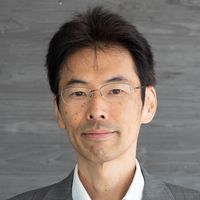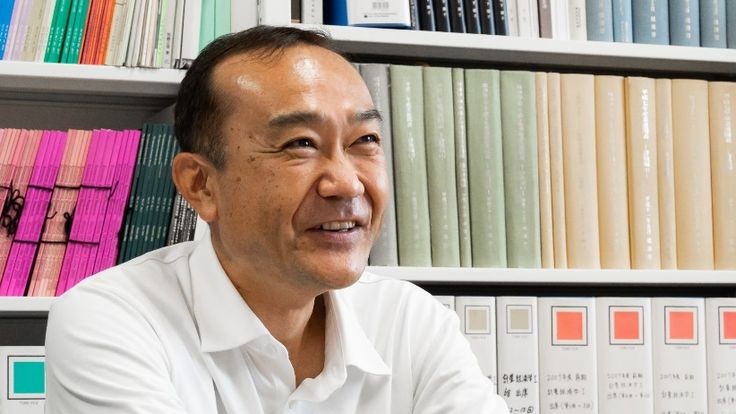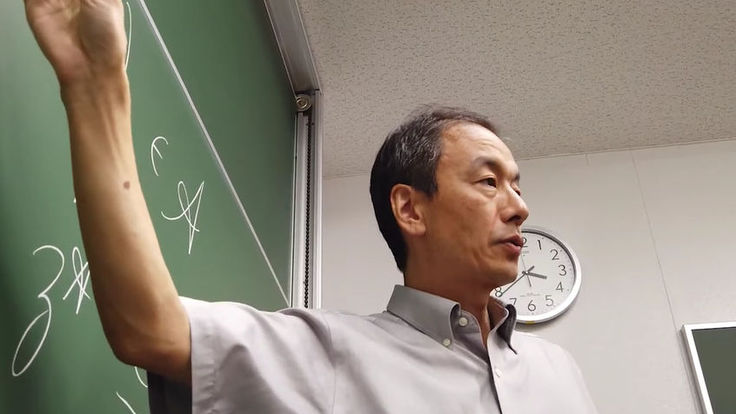Materializing the future of energy
with Prof. Yoshihiro Yamazaki
Iron. Steel. Plastics. Semiconductors. Revolutions in materials have shaped history and modern society. But now society desperately needs breakthroughs for meeting the world’s enormous demand for energy while significantly reducing carbon dioxide emissions.
“Among the uncountable number of materials yet to be explored are ones that will dramatically reduce the environmental burden of energy use,” says Yoshihiro Yamazaki, professor of the Kyushu University Platform of Inter-/
Applying artificial intelligence to this search, Yamazaki and his group are making advances in a class of materials known as inorganic perovskites in their effort to realize a clean-energy society sooner than later.
Named for the common crystalline structure that they share, many perovskites can facilitate reactions to store energy in or extract it from chemicals such as hydrogen.
“For example, certain perovskites can use sunlight to break water down and produce hydrogen and oxygen, thereby storing the sun’s energy in hydrogen,” explains Yamazaki. “This stored energy can then be released in a fuel cell by perovskites that combine hydrogen and oxygen to generate electricity, producing only water as waste.”
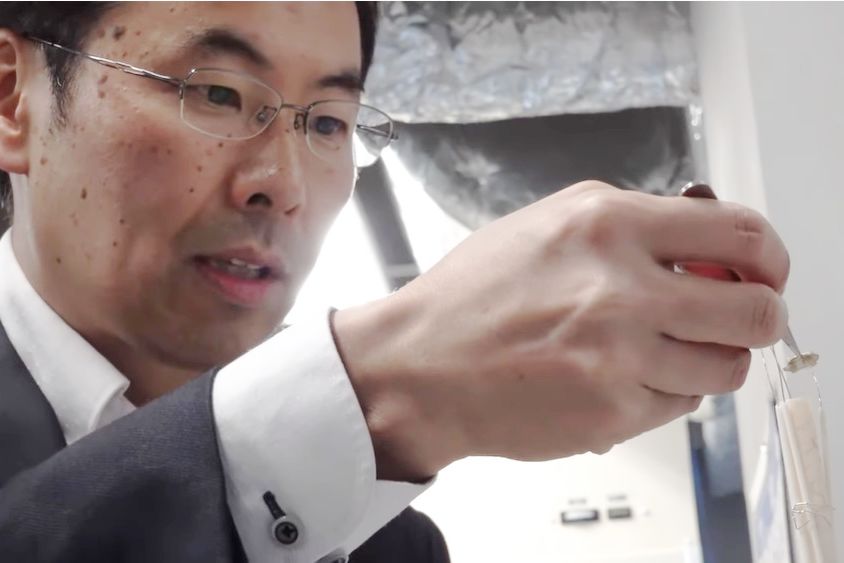
Such approaches are promising for the long-term storage and transportation of renewable energy while avoiding the weight and expense of batteries, but improvements related to degradation, operating temperatures, and efficiency are necessary for broad adoption.
“By swapping atoms in the perovskite crystals, we can create new materials with properties to overcome these challenges, but making and testing each combination in the lab is extremely time consuming,” says Yamazaki. “Thus, we turned to artificial intelligence.”
Demonstrating just how powerful this approach is, Yamazaki’s group recently discovered a new material with desirable properties on the first try using a form of artificial intelligence called machine learning.
The researchers fed previously published and newly measured data for 65 perovskites into software they developed to find relationships that could be used to predict the properties of new materials.
Taking the software’s prediction for the most promising candidate of over 8,000 perovskites, they made it in the lab and astonishingly found that the previously unconsidered material could conduct positive charges—or protons—a key property for reactions.
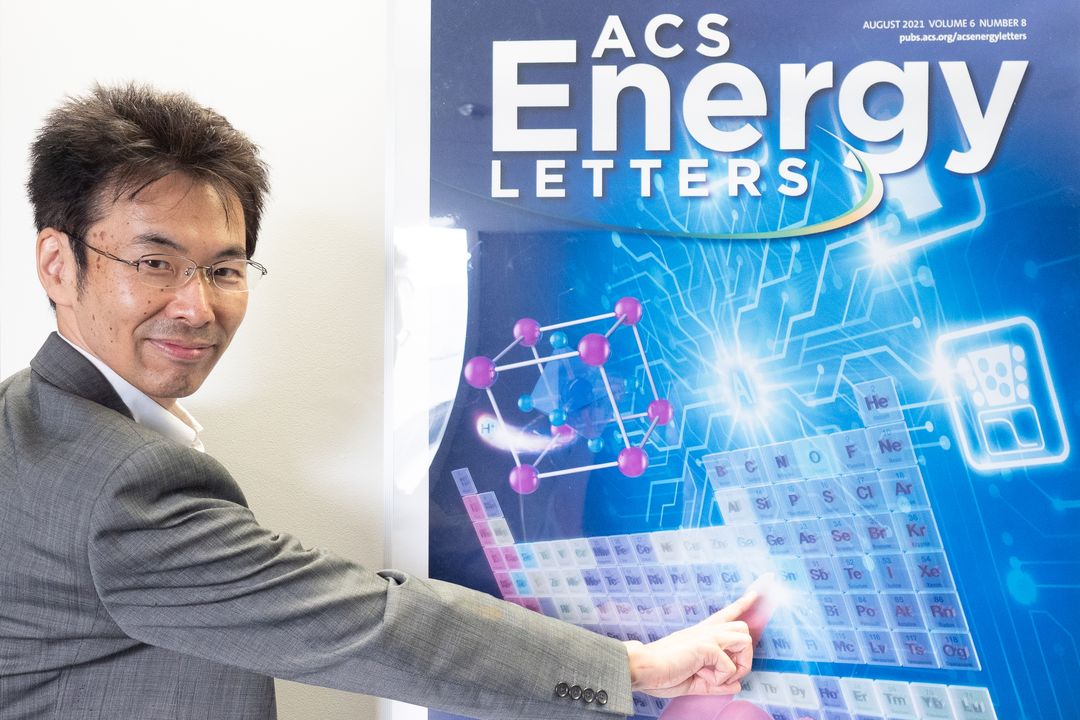
“Through half a year of data collection and one day of virtually screening thousands of materials, we actually hit upon one that works,” says Yamazaki. “This is 60,000 times faster than if we had physically tested each material individually.”
While similar approaches are already being widely applied to organic molecules, which often have clearer structure and function relationships because of their relatively fewer number of connected atoms, inorganics have presented a much bigger challenge.
“Just a few defects among millions of points in a material’s crystal can lead to tremendous changes in properties, so finding good models capturing these relationships has been difficult,” explains Yamazaki.
This advance is also already open to other researchers, as Yamazaki’s group has made their software publicly available.
While Yamazaki is hoping to find better materials for achieving known reactions, he also keeps his mind open for new ways to use materials. This flexible thinking has led him to pioneer an entirely new process that uses heating and cooling cycles instead of light or electricity to drive reactions for producing fuel.
“Though efficiency is still low, it is already close to that of the light-driven process, which has been studied much long. On the other hand, this means we still have plenty of room for improvement through research,” says an optimistic Yamazaki.
In addition to applying new technologies to his research, Yamazaki is also using them to introduce new generations to the field. Aside from going and talking directly with high school students, he has also prepared two virtual lab tours on his website so students can visit anytime.
But as his group keeps making advances in modeling and prediction, perhaps they will not need to spend as much time in those labs anyway?
































